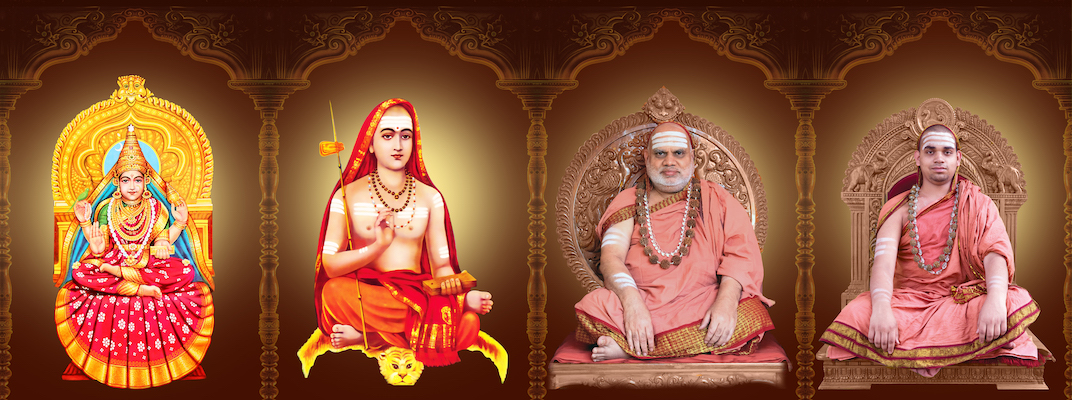Official Website of Shri Sringeri Sharadapeetham
Jagadguru Sri Adi Shankara Bhagavatpada established the first of the four Amnaya Peethams at Sringeri more than twelve centuries ago to foster the sacred tradition of Sanatana Dharma.

Hallowed for all times by Sage Rishyashringa who stayed and performed Tapas here, Sringeri attracted the great Acharya with a remarkable sight.
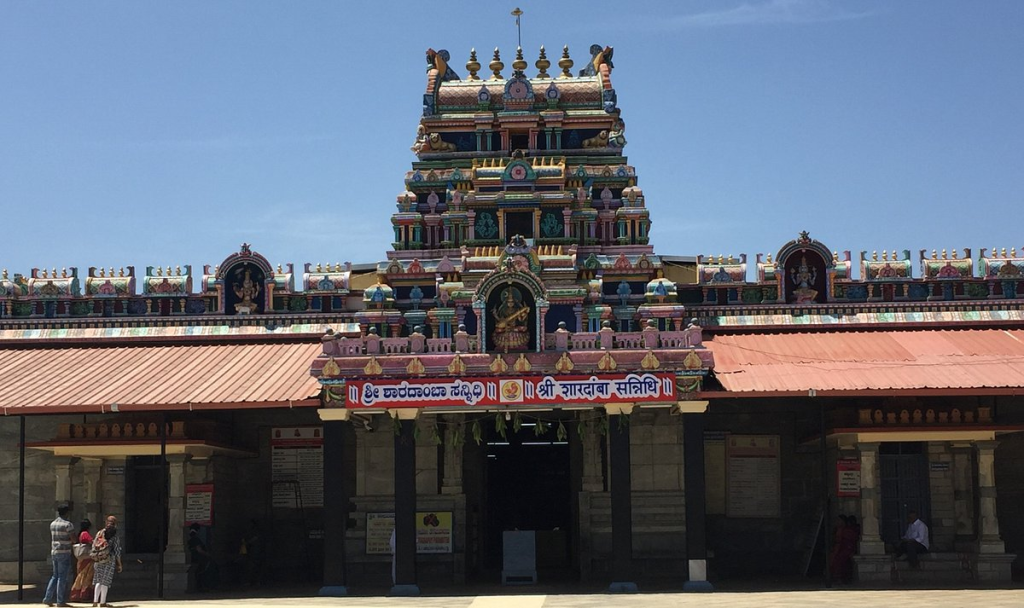
Tradition has it that after the Acharya had dispersed all the non-Vedic creeds prevailing in the country, He was on the look-out for a convenient and holy place where he could establish an institution to spread the truths of Advaita Vedanta.
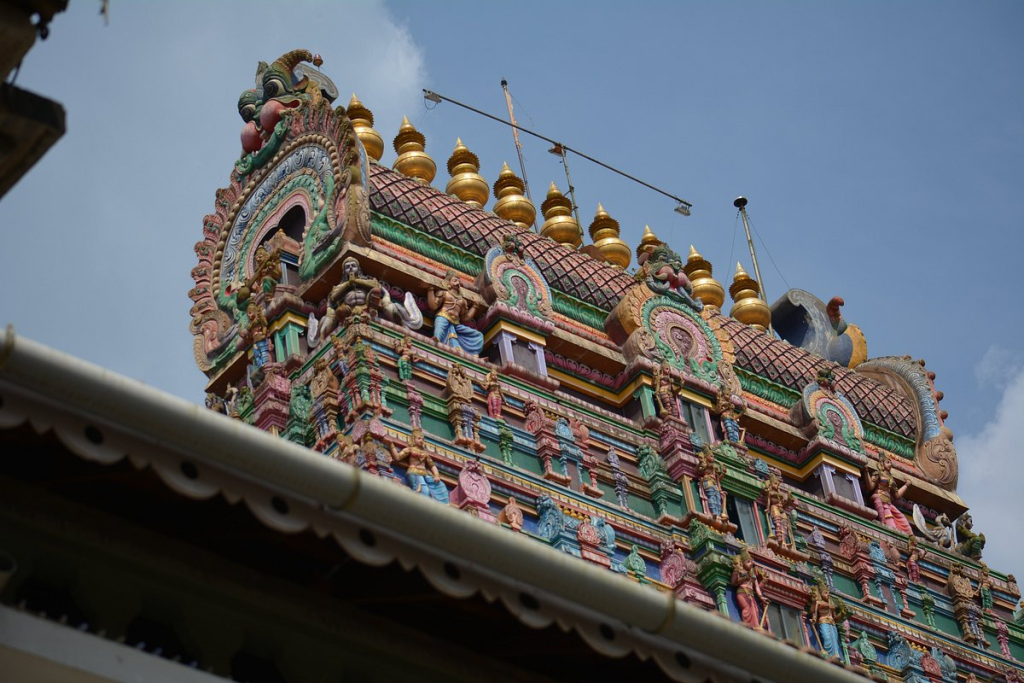
When the Acharya came to Sringeri, he saw an unusual sight on the banks of the Tunga. A cobra was seen spreading out its hood over a frog in labour pains, to give it shadow from the scorching mid-day sun.
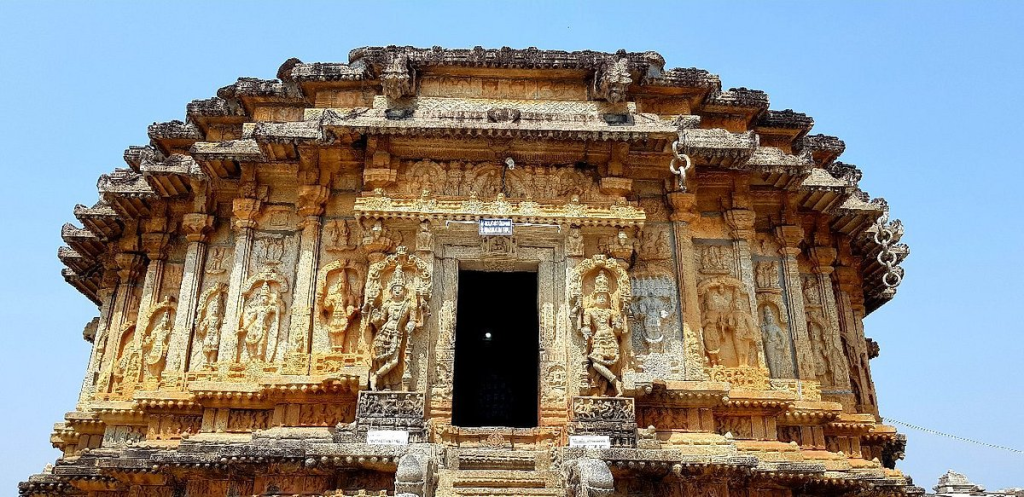
Struck with the sanctity of the place, which could infuse love between natural adversaries, the Acharya chose this very location to establish His first Math.
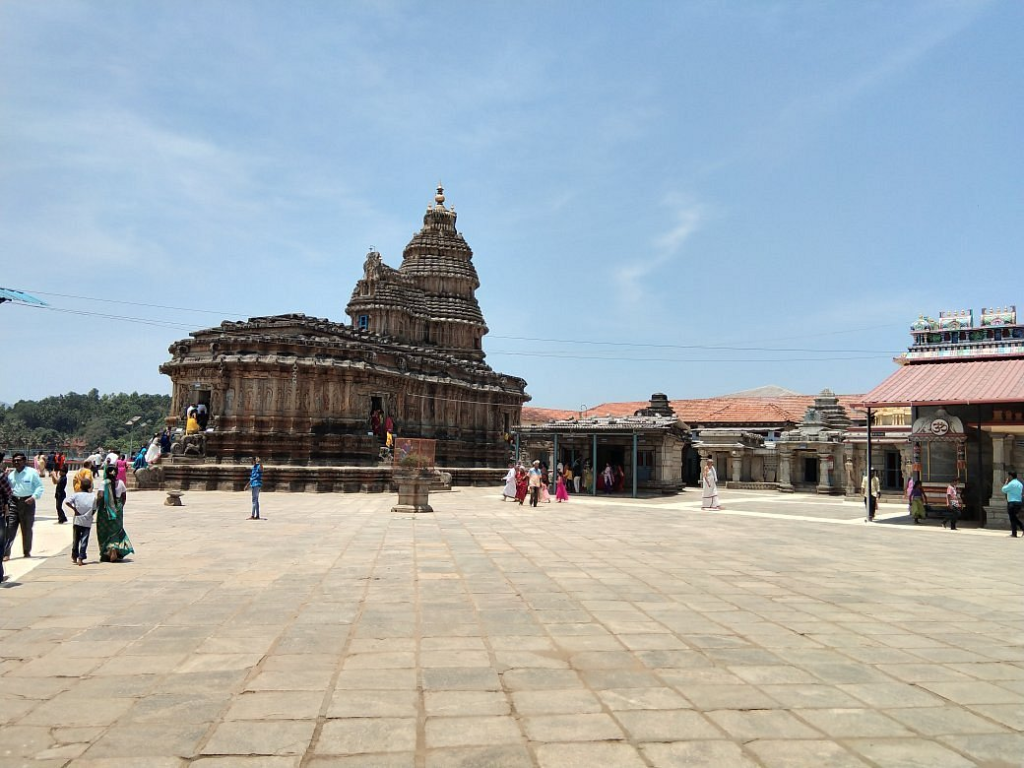
The Madhaviya Shankara Digvijayam describes that the Acharya came across many virtuous people at Sringeri and taught them the doctrine of Advaita.
He then invoked the Divinity of Knowledge, Goddess Sharada and consecrated an icon of the Goddess.

Thus the Peetham He founded at Sringeri in South India for fostering the Vedas and the sacred tradition of Sanatana Dharma came to be known as the Dakshinamnaya Sri Sharada Peetham.

The Acharya appointed his prime disciple, Sri Sureshwaracharya as the first Acharya of the Peetham.
Since then, the Peetham has been blessed with an unbroken Guru Parampara, a garland of spiritual masters and Jivanmuktas representing Sri Adi Shankaracharya.
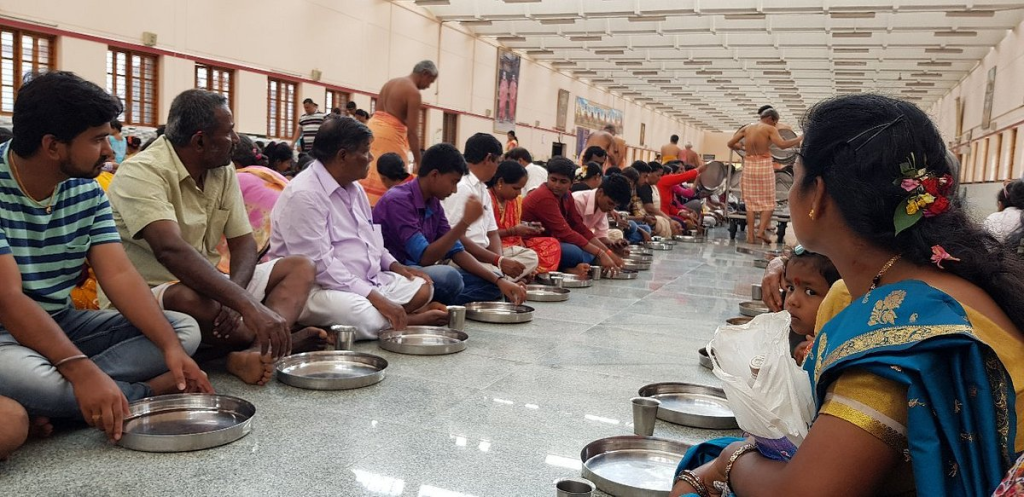
The succeeding Acharyas have led a life of such austere penance that it has led disciples to adore in them the radiance of Sri Adi Shankara Himself.
Besides being a centre of spiritual power, Sringeri also came to be known as a great place of traditional learning owing to the presence of Goddess Sharada and the erudition of the Acharyas of the Peetham.
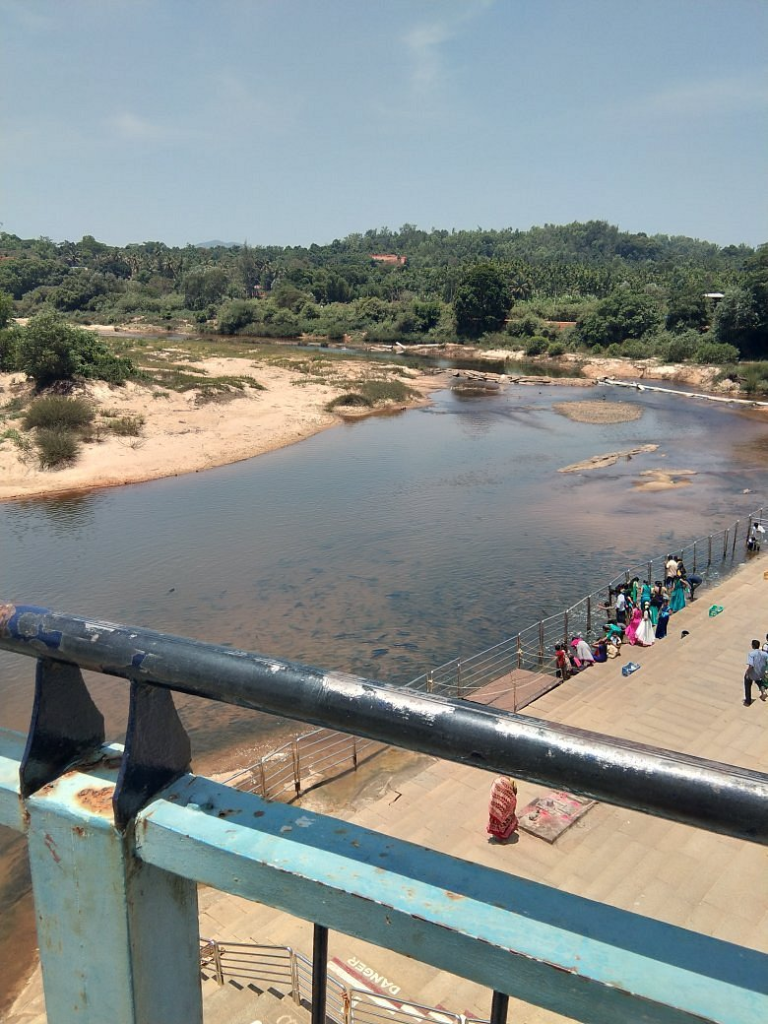
The Acharyas were instrumental in bringing forth commentaries on the Vedas and in further expounding the Bhashyas of Sri Adi Shankaracharya.
The Acharyas also wrote a number of independent works related to Advaita besides producing a number of hymns underlining their ardent devotion to the non-dual Supreme worshipped in multifarious forms.
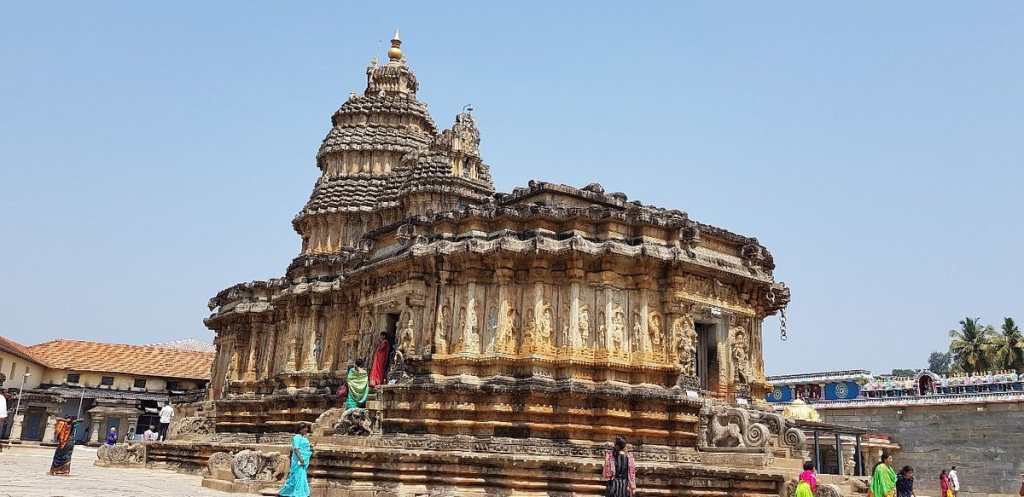
The Peetham thus came to be regarded as the Vyakhyana Simhasana, The Throne of Transcendental Wisdom. Consequently, the Birudavali hails the Acharya as the occupier of this throne.

Many regard Goddess Sharada Herself to be moving in the form of the presiding Acharya of the Peetham.
In the 14th century, royal patronage to the Peetham began with the founding of the famous Vijayanagar empire under the divine guidance of the 12th Acharya, Jagadguru Sri Vidyaranya.
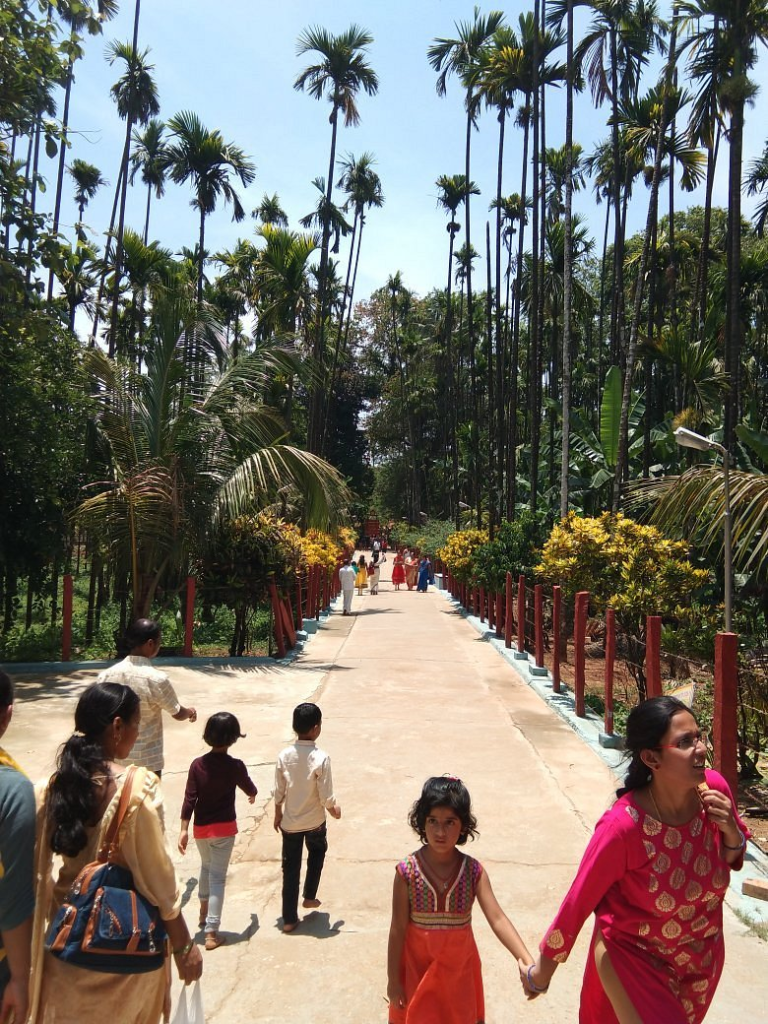
The austerity of the Acharya influenced the rulers to such an extent that they began ruling in the name of the Acharya and granted the Peetham the rights over secular administration of the land.

At the rulers’ request, the Acharya began conducting a Durbar during the Navaratri festival – an occasion deemed by the rulers to honour their Guru.
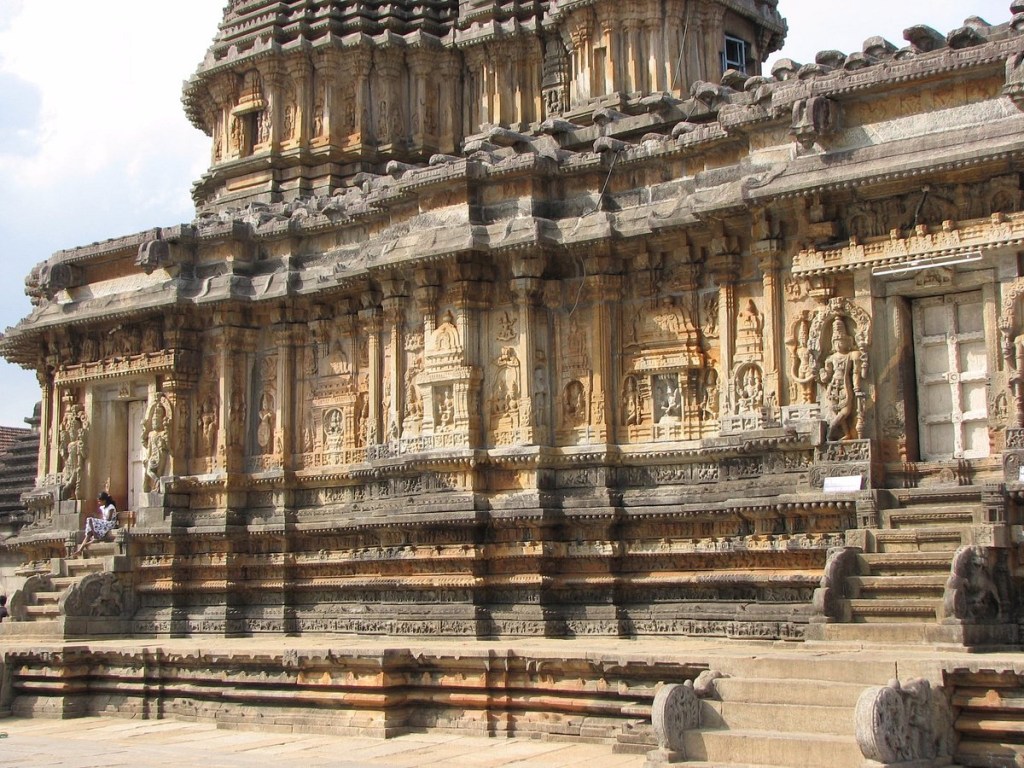
Subsequently, the Acharya came to be known as the Karnataka Simhasana Prathisthapanacharya and the Peetham became a mighty institution – a Samsthanam and is known to this day as the Jagadguru Shankaracharya Mahasamsthanam, Dakshinamnaya Sri Sharada Peetham at Sringeri.

Over the succeeding centuries, a number of empires and rulers including the Mysore Maharajahs Hyder Ali and Tipu Sultan, the Nizam of Hyderabad, the Peshwas and the Keladi rulers and Travancore Rajas were drawn towards the Peetham and respected the Acharya as their Guru.

In the recent past, the Sharada Peetham has shone through the lives of the Acharyas – Jagadguru Sri Sacchidananda Shivabhinava Nrisimha Bharati Mahaswamigal, the re-discoverer of Sri Adi Shankara’s birthplace at Kalady and the founder of the famous Pathashala at Sringeri.
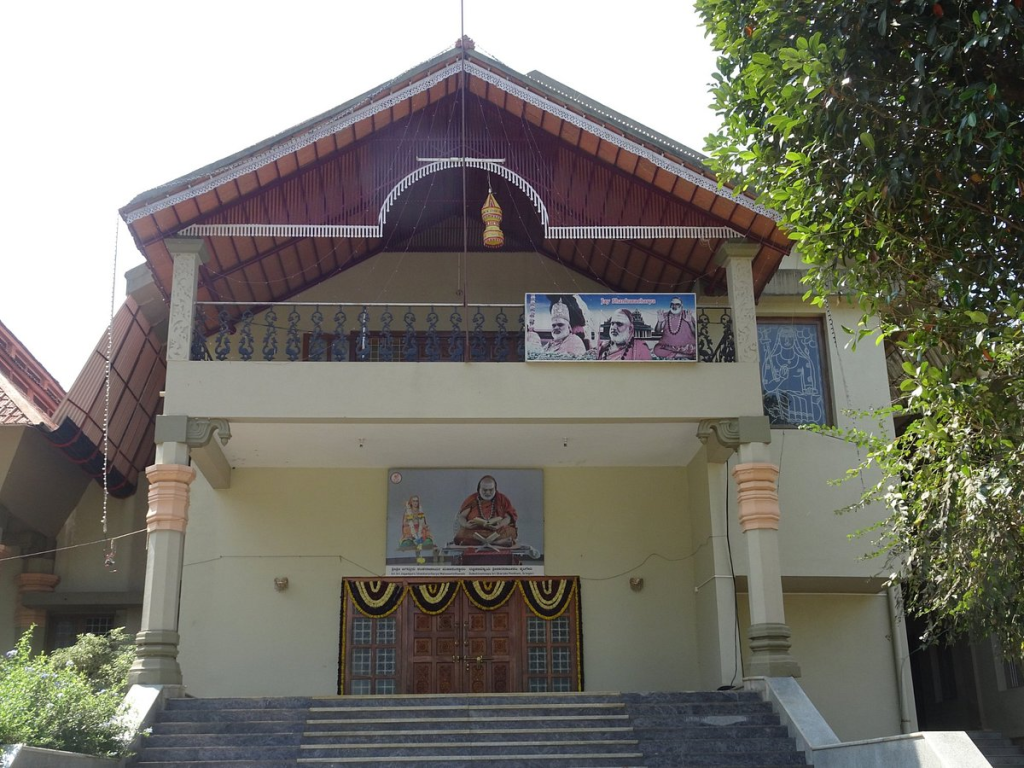
This was followed by the renowned Jivanmukta, Jagadguru Sri Chandrasekhara Bharati Mahaswamigal; succeeded by the crest jewel of Yogis, Jagadguru Sri Abhinava Vidyatirtha Mahaswamigal. They have all left indelible impressions in the hearts of the disciples.
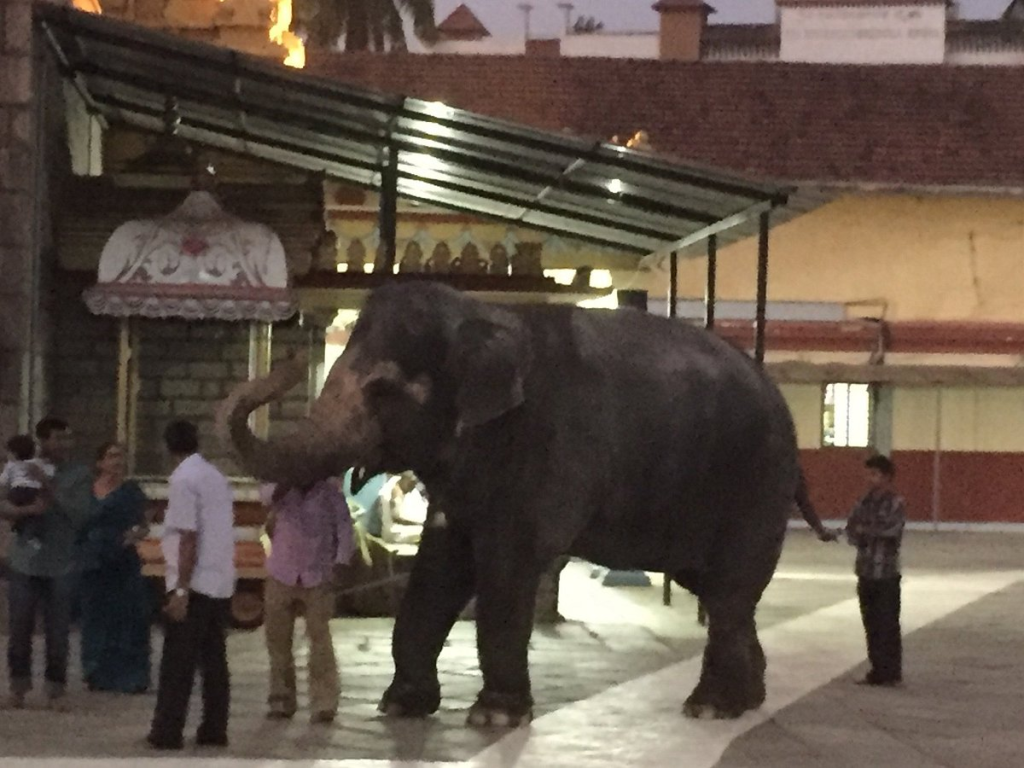
With such a rich history associated with Sri Adi Shankaracharya’s first and foremost Peetham, many wonder at the aptness of the Acharya’s choice of locating the Peetham at Sringeri, a spot replete with a hoary past, and bountiful with natural splendour and serenity.
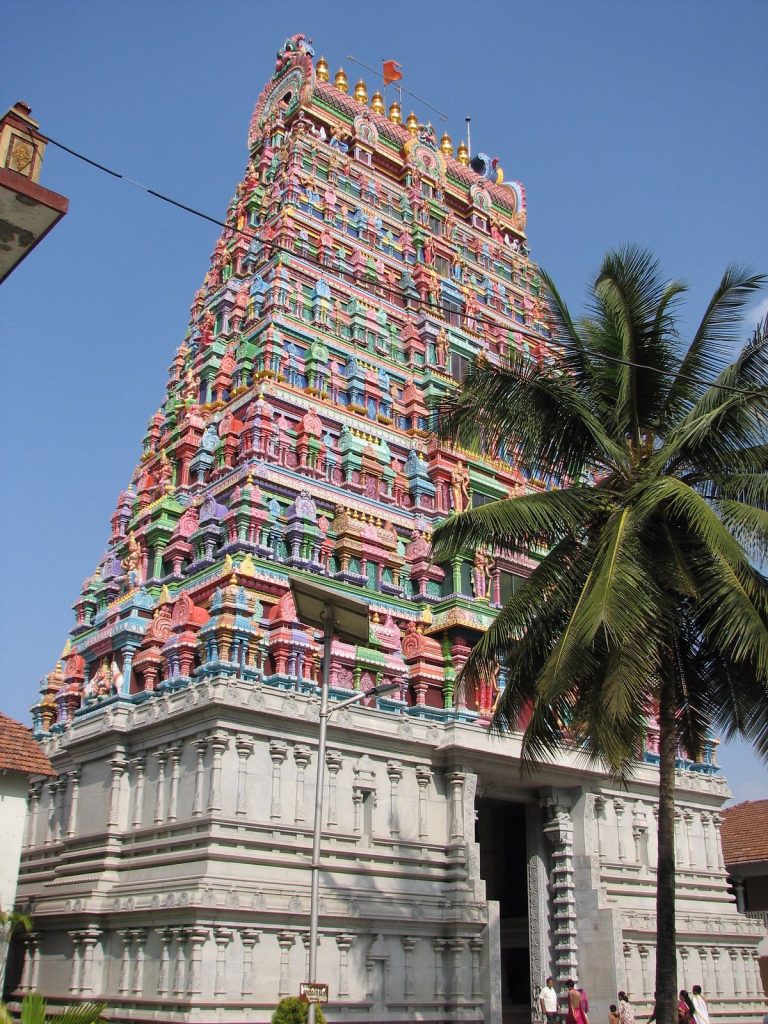
Today, the Sringeri Sharada Peetham bedecked with an unbroken chain of Acharyas continues to uphold the principles of Sanatana Dharma with the 36th Acharya Jagadguru Shankaracharya Sri Sri Bharati Tirtha Mahaswamiji acting as a treasure of spiritual wisdom and peace for all seekers.

**
Dakshinamnaya Sri Sharada Pitham or Śri Śringēri Mutth is one amongst the four cardinal pīthams following the Daśanāmi Sampradaya – the peetham or Matha is said to have been established by acharya Śrī Ādi Śaṅkara to preserve and propagate Sanātana Dharma and Advaita Vedānta, the doctrine of non-dualism.
Located in Śringerī in Chikmagalur district in Karnataka, India, it is the Southern Āmnāya Pītham amongst the four Chaturāmnāya Pīthams, with the others being the Dvārakā Śāradā Pītham (Gujarat) in the West, Purī Govardhana Pīṭhaṃ (Odisha) in the East and Badri Jyotishpīṭhaṃ (Uttarakhand) in the North.
Sri Sringerī Mutt, as the Pītham is referred to in common parlance, is situated on the banks of the Tunga River in Sringeri.
The Mutt complex consists of shrines on both the northern and southern banks of the river.
The three prominent shrines on the northern bank of the Tunga are dedicated to the presiding deity of the Pītham and the divinity of Ātma-vidyā – Śrī Śāradā, Śrī Ādi Śaṅkara, and Jagadguru Śrī Vidyāśankara Tīrtha, the 10th Jagadguru of the Pītham.
The southern bank houses the residence of the reigning pontiff, the Adhisthānam shrines of the previous pontiffs and the Sadvidyā Sañjīvini Samskrita Mahāpāthashālā.
The Pītham is traditionally headed by an ascetic pontiff belonging to the order of the Jagadguru Śankarāchārya.
According to tradition, the first pontiff of the Pītham was Śrī Ādi Śaṅkara‘s eldest disciple, Śrī Sureshvarāchārya, renowned for his treatises on Vedānta – Mānasollāsa and Naishkarmya-Siddhi.
The current pontiff, Śrī Bhārathī Tīrtha Svāmin is the 36th Jagadguru in the since-unbroken spiritual succession of pontiffs.
The Pītham is one of the major Hindu institutions that has historically coordinated Smārta tradition and monastic activities through satellite institutions in South India, preserved Sanskrit literature and pursued Advaita studies.
The Pītham runs several vedic schools (pathashalas), maintains libraries and repositories of historic Sanskrit manuscripts.
The Śringerī Mutt has been active in preserving Vedas, sponsoring students and recitals, Sanskrit scholarship, and celebrating traditional annual festivals such as Sankara Jayanti and Guru Purnima (Vyasa Purnima).
The Pītham has branches across India and maintains temples at several locations. It also has a social outreach programme.
Location
Sri Sharada Peetham is located in Sringeri about 85 kilometres (53 mi) east of Udupi and 100 kilometres (62 mi) northeast from Mangaluru across the Western Ghats, and about 335 kilometres (208 mi) west-northwest from the state capital, Bengaluru. Sringeri can be accessed from Bangalore and Mangalore via road.
